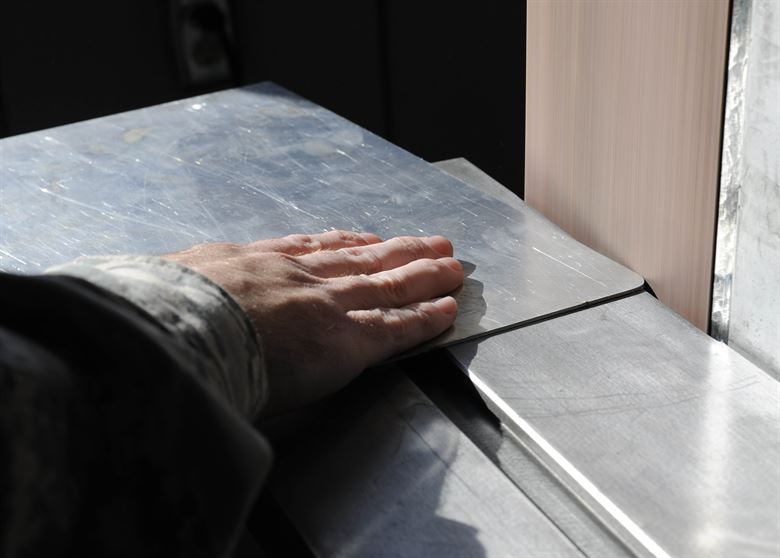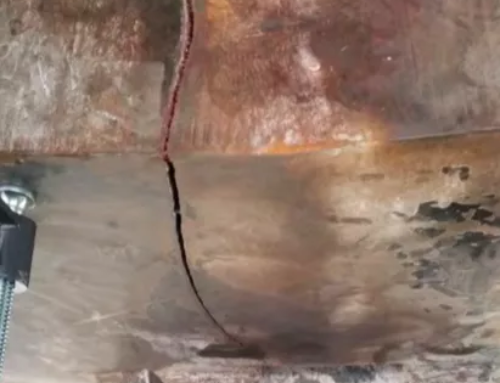Through my website, someone from a manufacturing company asked how to calculate thinning in a sheet metal part made from 2mm thick high strength steel. My response:
First, I assume the nominal or expected thickness is 2mm. But this is just the aim thickness. The steel mill is allowed to ship product that has some deviation from this gauge – maybe 1.85mm to 2.15mm as an example. So you must get an accurate measurement of the actual starting thickness. You should try to get it from the blank you will use to form the part in question, or at least from an adjacent blank. The reason for this is that there is likely a thickness variation down the length of the coil. This normal and inherent variation occurs even when the product is completely within specification. Similarly, you do not want to make your thickness measurement at the coil edge. Due to a rolling phenomenon called “crown,” the edges of the coil are usually thinner than the rest of the width. Again, this is allowed within most specifications in that all minimum gauge measurements are to be made no closer than 25mm from the coil edge (as an example). Across the coil width, the thickest part is at the center width position of the master coil. For this reason, I recommend taking your thickness measurement at the 1/4 width or 3/4 width position.
The next step is to form the part. In the areas of interest on this formed part, it is necessary to get an accurate thickness measurement. Some companies will cut the part and use a micrometer to measure the as-formed thickness, while others will use a calibrated ultrasonic thickness gauge. The second approach does not destroy the sample, and the part can be put back in for normal processing after it is measured. If your area of interest has feature lines or small radii, it is necessary to use the proper tools and techniques to get an accurate thickness reading.
At this point, you have two measurements: the starting thickness of your sheet metal (call that S) and the formed thickness of your part at the location of interest (call that F). The percent thinning is calculated as T% = 100 * (S-F)/S
If you have accurate measurements, you can have confidence in your results. Best of luck!
Danny Schaeffler
Engineering Quality Solutions, Inc. 4M Partners, LLC
http://www.EQSgroup.com http://www.Learning4M.com





